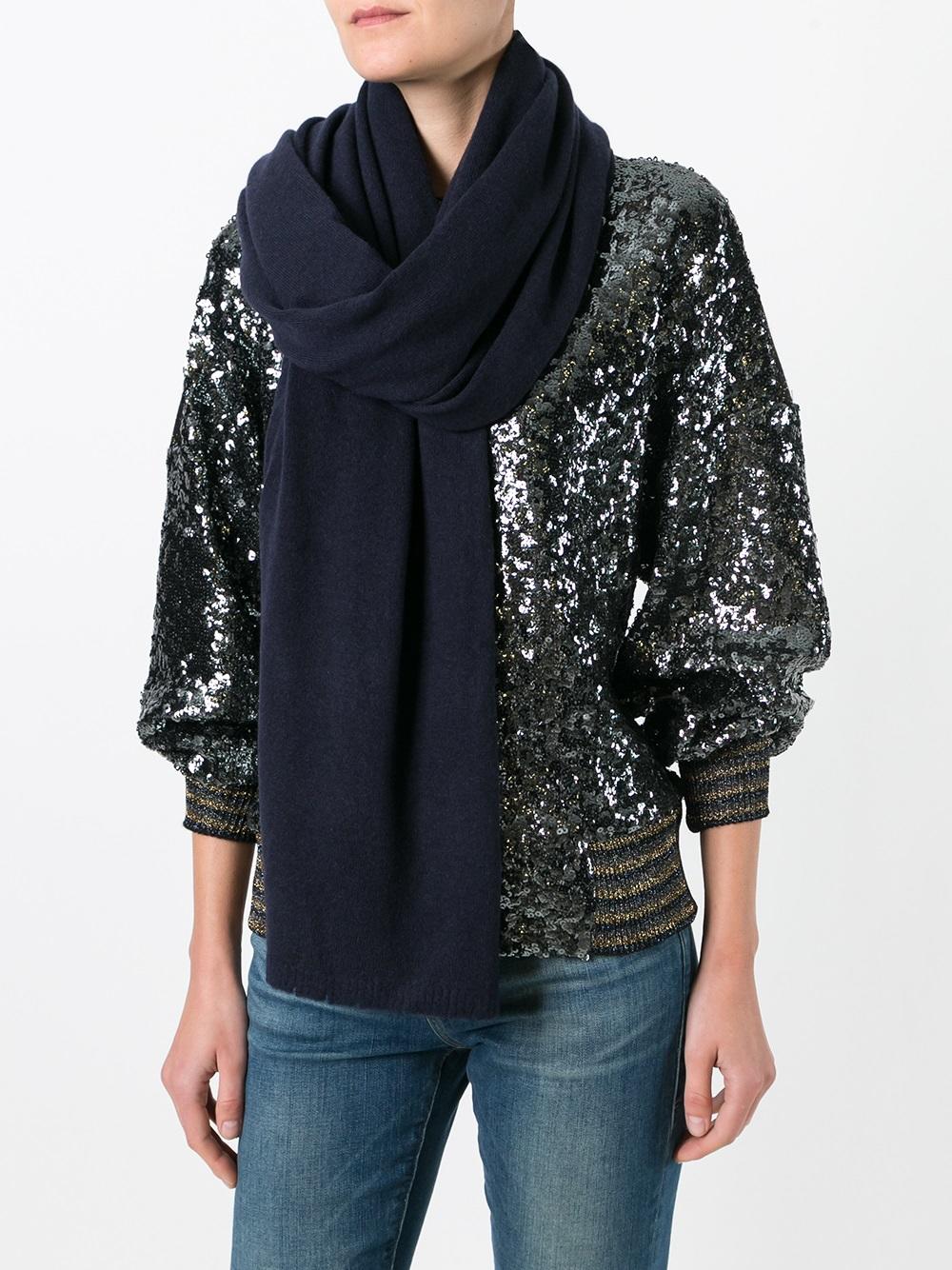Knitting a Scarf: What Materials Do You Need?
Knitting a scarf is a fun and creative way to spend an afternoon. But before you start casting on, it’s important to make sure you have the right materials. In this article, we’ll go over the essential materials you’ll need to create a beautiful, functional scarf. From yarn to needles, we’ve got you covered. So, grab your knitting needles and yarn and get ready to start stitching up a storm!
When it comes to crafting a warm and stylish scarf, the material you choose is almost as important as the pattern or color. Not all yarns are created equal, and each type has its own set of characteristics that will affect the final look and feel of your project. Here's a guide to the various materials used in scarf knitting, along with their respective benefits and drawbacks.
Wool
Wool is a classic choice for scarves, offering a natural elegance and warmth that's hard to beat. It's also highly versatile, coming in a wide range of colors and textures. Merino wool, in particular, is known for its softness and resilience, making it ideal for both beginners and experienced knitters alike.
Drawbacks: Wool can be itchy for some people, and it's also a bit more challenging to wash and care for than some other materials. It's also an animal-derived product, which may be a consideration for vegans or animal welfare advocates.

Cotton
Cotton is a great all-rounder when it comes to scarves. It's both breathable and comfortable, making it ideal for warmer weather or for someone who prefers a lighter weight around their neck. It's also much easier to care for than wool, withstanding washes well without shrinking or变形.
Drawbacks: Cotton lacks the same insulating qualities as wool, so it might not be ideal for colder climates. It can also be more challenging to work with due to its tendency to split and its lack of elasticity.
Acrylic
Acrylic yarn is a synthetic material that mimics the look and feel of wool quite effectively. It's much cheaper than its natural counterpart, easier to find in different colors and textures, and generally more beginner-friendly. It also doesn't require the same level of care as wool, making it a great choice for those who want the look of a wool scarf without the upkeep.
Drawbacks: Acrylic can feel synthetic to some people, and it doesn't have the same natural elegance as wool. It also tends to be less breathable and can retain heat, which might not be ideal for everyone.

Bamboo
Bamboo yarn is becoming increasingly popular due to its sustainable and eco-friendly credentials. It's also highly breathable, making it ideal for warmer weather or for someone who prefers a lighter weight around their neck. The yarn itself has a silkiness that gives scarves a unique sheen and luxury feel.
Drawbacks: Bamboo can be quite delicate, requiring careful handling and washing instructions to maintain its integrity. It's also not as warm as some other materials, so it might not be suitable for colder climates.
Recommendations
If you're looking for a classic, warm scarf that will last, wool is a great choice. For something lighter and more affordable, cotton or acrylic might be better options. And if you're looking for something sustainable and with a unique feel, bamboo could be a good fit. Ultimately, the best material for you comes down to personal preference and the look you're trying to achieve.
Articles related to the knowledge points of this article:
Title: Mastering the Art of Tie Knots: A Step-by-Step Guide for Primary School Students
Goose-Down Jackets: A Winters Comfort
Title: The Art of Scarification: A Comprehensive Guide to Scarification Techniques



